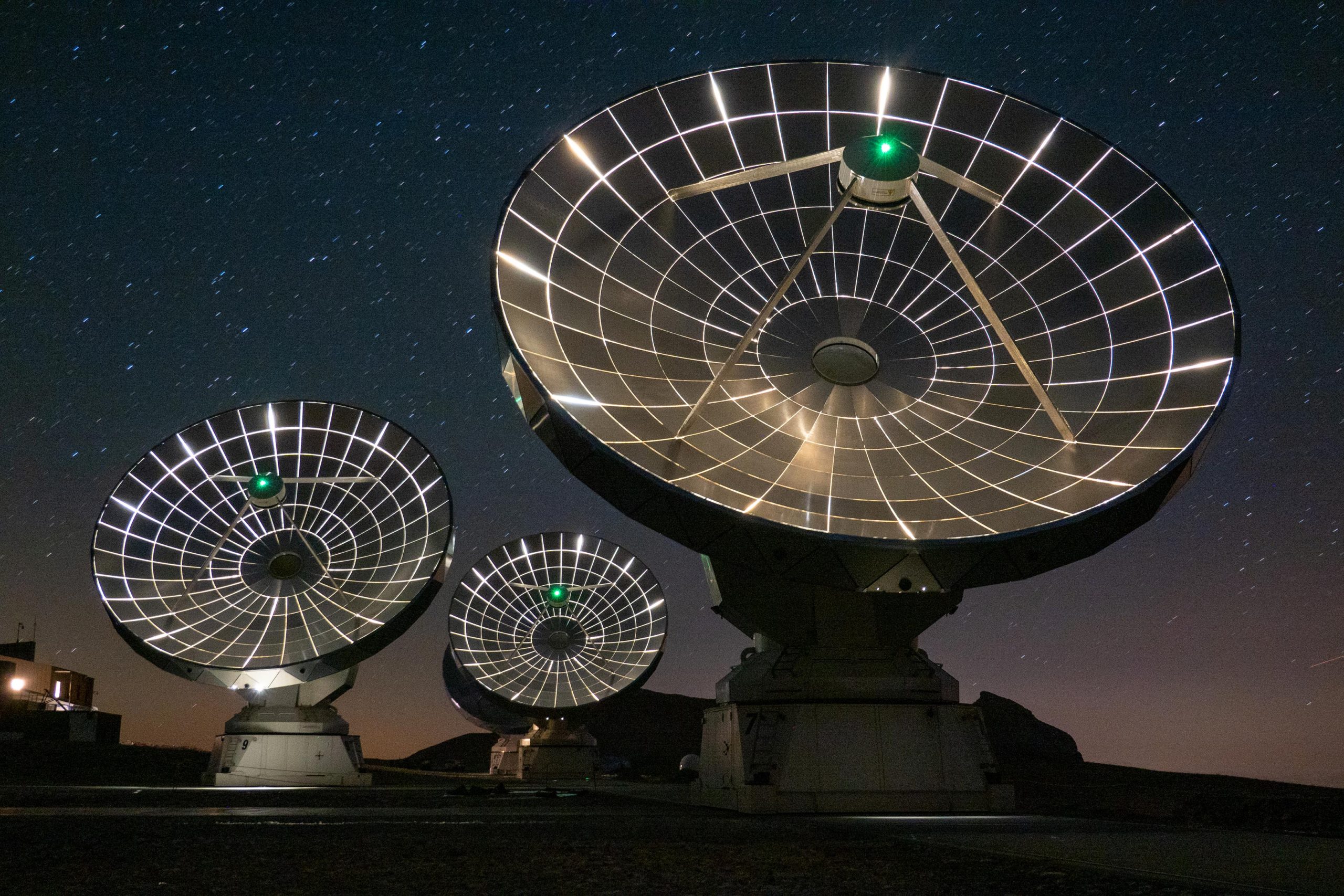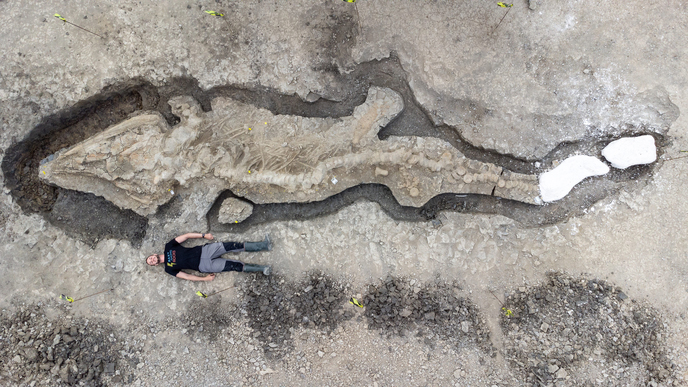
(Image credit: NASA/JPL-Caltech)
NASA’s Perseverance rover has found that Mars‘ Jezero crater was at one point filled with water, offering a tantalizing hope that it may have already unearthed fossilized life on the planet.
The rover, which first touched down on the crater in February 2021 along with its now-retired helicopter companion Ingenuity, made the discovery using ground-penetrating radar — revealing layers of sediment once belonging to a lake that later dried into a gigantic delta.
The finding raises hopes that, once geological samples Perseverance has collected from the crater return to Earth, researchers may find evidence that ancient life once thrived on the now desiccated Red Planet. The researchers published their findings Jan. 26 in the journal Science Advances.
Related: In a 1st, NASA’s Perseverance rover makes breathable oxygen on Mars
“From orbit we can see a bunch of different deposits, but we can’t tell for sure if what we’re seeing is their original state, or if we’re seeing the conclusion of a long geological story,” lead study author David Paige, a professor of planetary science at UCLA, said in a statement. “To tell how these things formed, we need to see below the surface.”
NASA’s Perseverance rover is a key part of the space agency’s $2.7 billion Mars 2020 mission. Since it arrived on Mars, the rover, alongside the older Curiosity rover, has been searching for signs of ancient life on the Martian surface by trundling across the 30-mile (48 kilometers) Jezero crater, collecting dozens of rock samples for eventual return to Earth.
For three years, the rover was accompanied by the Ingenuity helicopter, which performed its 72nd and final flight over the Martian surface on Jan. 18.
The car-sized Perseverance is packed with seven scientific instruments, one of which is the Radar Imager for Mars’ Subsurface Experiment (RIMFAX). By firing radar pings into the ground every 4 inches (10 centimeters) along its long and lonely journey, the rover built a map of pulses reflected from depths of about 66 feet (20 meters) below the Martian crater’s surface.
Now, this radar map has revealed the existence of sediments — suspected by past studies but never previously confirmed — that suggest the crater was once flooded with the waters of a gigantic lake. Much like in drying lakes on Earth, its sediments were transported by a river that formed a large delta, before later being deposited and weathered by two distinct phases of erosion.
“The changes we see preserved in the rock record are driven by large-scale changes in the Martian environment,” Paige said. “It’s cool that we can see so much evidence of change in such a small geographic area, which allows us to extend our findings to the scale of the entire crater.”
Since life on Earth is highly dependent on water, evidence of water on Mars could be a vital clue that the planet was once home to life — or that life could still be there.
But evidence for life on the inhospitable neighboring planet has been elusive.
To return Perserverance’s precious cargo, the Perseverance rover will await the arrival of the European Space Agency‘s (ESA) planned Sample Retrieval Lander — a spacecraft packaged with a small rocket that the rover will load with its rock and soil samples before it is fired back into orbit.
After being launched into space, the rocket containing the sample will be collected by the ESA’s Earth-return orbiter (ERO) for a return flight to Earth. NASA initially planned for the ERO to launch sometime in 2026, but this date has since been pushed back to 2028, meaning that the sample will be back on Earth in 2033 at the earliest.
Note: This article have been indexed to our site. We do not claim legitimacy, ownership or copyright of any of the content above. To see the article at original source Click Here













